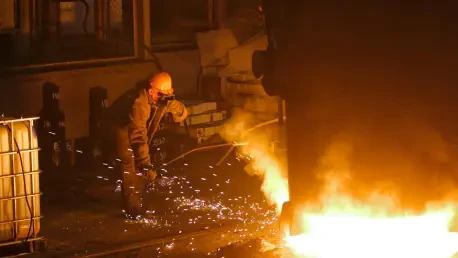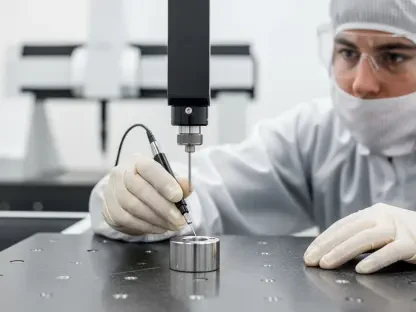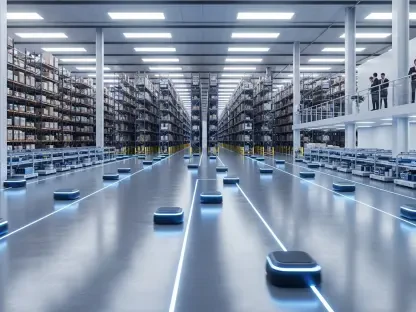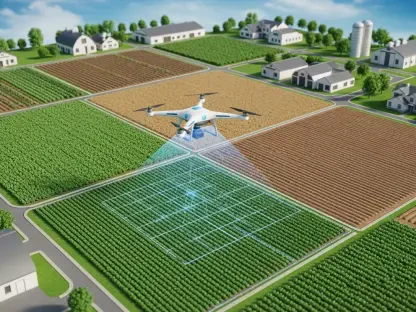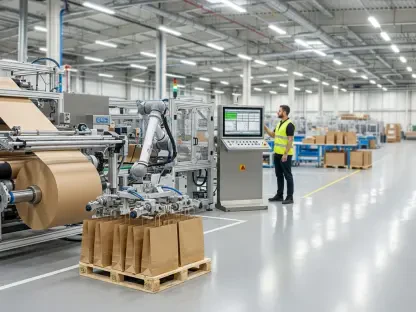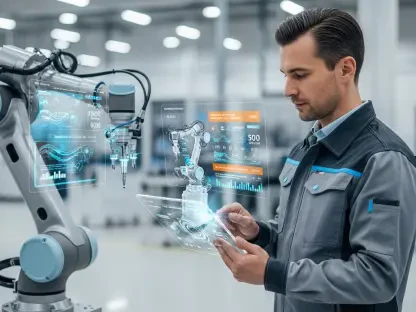In the rapidly advancing world of manufacturing technology, sinter-based metal additive manufacturing has carved a niche as a groundbreaking approach. With industries constantly seeking more efficient and precise methods to produce complex components, this technology has emerged as a cornerstone of modern production processes. The ability to craft intricate shapes with minimal material waste presents a compelling case for its adoption across diverse sectors.
Exploring the Technology
Sinter-based metal additive manufacturing combines the nuanced art of powder metallurgy with the innovative power of additive processes. This technique starts with fine metal powders, which are meticulously layered and bonded using heat to form the final product. The technology’s relevance is evident in its capacity to create highly detailed parts that traditional manufacturing struggles to achieve. As the manufacturing realm evolves, this sinter-based method stands out for its adaptability and precision in shaping complex geometries.
Detailed Analysis of Features and Performance
Advanced Powder Materials
The role of powder in sinter-based manufacturing is akin to the foundation of a building—essential for stability and quality. Powder characteristics like size, shape, and purity directly impact the performance and durability of produced parts. Advanced formulations allow for enhanced mechanical properties, making powder effectiveness crucial to the final product’s success. Precise control over these variables has elevated product consistency and leads to stronger, more reliable outputs.
Mastery in the Sintering Process
The sintering phase is the bridge from powdered potential to tangible reality. It involves heating the powdered materials to a temperature below their melting point, facilitating bonding at the molecular level. Technological advancements have honed the process for greater efficiency, energy savings, and improved material properties. Understanding and refining the sintering procedure is paramount, as it determines the finished part’s structural integrity and performance capabilities.
Emerging Innovations
Recent trends illustrate a surge in innovations reshaping sinter-based metal additive manufacturing. Techniques are being optimized to increase throughput while maintaining exceptional quality. The industry is witnessing a shift toward more sustainable practices, incorporating recyclability and reducing environmental impact. As consumer demands evolve, techniques are becoming more refined, adapting to the changing expectations for speed, cost, and customization.
Versatile Applications
The versatility of sinter-based additive manufacturing is its strongest suit. In aerospace, the technology delivers lightweight, robust components crucial for efficient aircraft performance. The automotive industry leverages it for intricate parts that enhance vehicle efficiency and resilience. In healthcare, it facilitates the creation of custom, patient-specific implants with precision unmatched by traditional methods. Each application exemplifies the adaptability and profound impact of sinter-based solutions across sectors.
Addressing Challenges
Despite its advantages, sinter-based metal additive manufacturing faces hurdles that impede broader adoption. Technical challenges, such as ensuring uniform quality and eliminating residual porosity in parts, are ongoing concerns. Regulatory hurdles also pose significant barriers, as industries must navigate evolving standards to ensure compliance and safety. These challenges require concerted efforts in research and policy development to continue advancing the technology’s capabilities and acceptance.
Future Directions
The horizon for sinter-based metal additive manufacturing is bright with possibilities. Anticipated breakthroughs in material science promise to expand the range of metals and alloys available for use, opening new avenues for innovation. Future efforts are expected to address current limitations, streamlining processes for greater efficiency and cost-effectiveness. The long-term impact of these advancements will redefine industry standards, potentially ushering in a new era of manufacturing paradigms across sectors.
Concluding Thoughts
The exploration of sinter-based metal additive manufacturing has revealed a technology poised for significant impact and growth. Recent advancements have propelled it toward greater efficiency, while emerging trends emphasize sustainability and adaptability. With continued refinement and overcoming current challenges, sinter-based manufacturing can become a pivotal element in shaping future industrial landscapes. The journey of this technology has embodied not just the evolution of manufacturing but a broader transformation in how industries approach complex production challenges.
